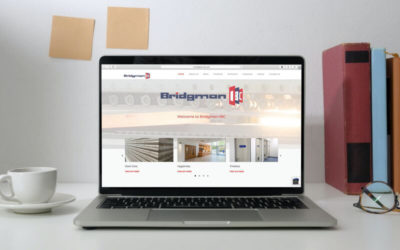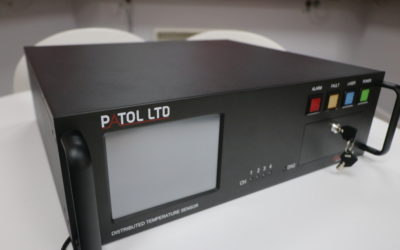You would think that fire safety products and procedures are in place to keep everyone safe. However, there is not a “one size fits all” strategy when it comes to the safety needs of the public.
Some products that help people will be rendered useless to others. Take a fire alarm; many people will hear that and know there’s a fire. But what about the people who are deaf and hard of hearing? 1 person in 6 is deaf or hard of hearing, meaning that in most places it’s likely there’ll be someone who can’t hear the alarm. There are also other scenarios to consider; how does a blind person or someone with mobility issues evacuate safely and how will someone with autism feel when the fire alarm is blaring?
In workplaces, hotels and shopping centres there are plenty of people who will have different requirements. This FIMA guide will hopefully help you identify just a few of the ways you can make your building more accessible when it comes to fire safety equality.
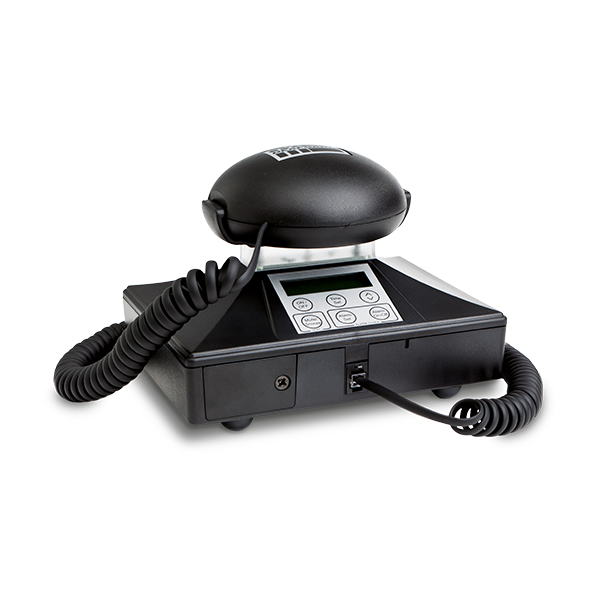
Deafgard from Fireco
Deafgard was designed as a means for deaf and hard of hearing people to be alerted to a fire alarm. When the fire alarm sounds, Deafgard will pick up the sound and then it will start flashing and vibrating. The vibrating pad can be placed underneath pillows to ensure that people are alerted through the night.
As it’s portable and requires no wiring, it’s an extremely easy and accessible solution to keep people safe. Deafgard is suitable for many scenarios but especially perfect for hotels or student accommodation where there are large amounts of people which may stay the night.
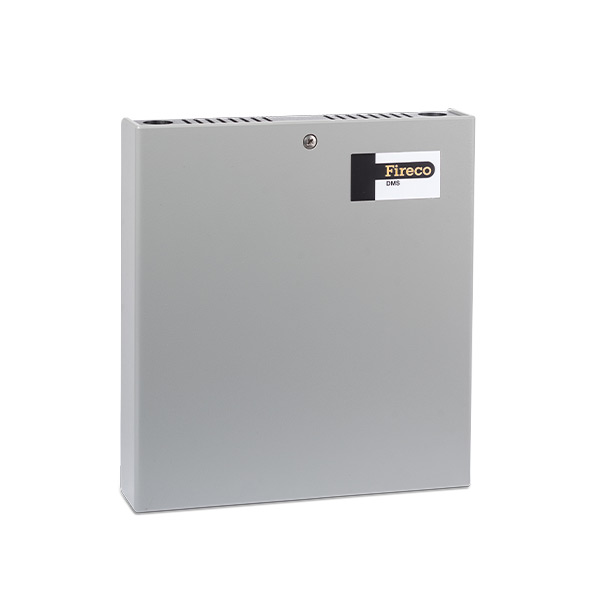
Digital Messaging Service (DMS) from Fireco
Another solution from Fireco. DMS is a mass notification system that can send emergency text, email, WhatsApp or voice messages to unlimited subscribers.
This solution is suitable for deaf or hard of hearing people. Their mobile phone or other internet devices will notify them of an emergency rather than relying on fire alarms.
People who are blind or visually impaired can also benefit from DMS as the voice message feature will continually ring and an automated message will explain that there’s a fire.
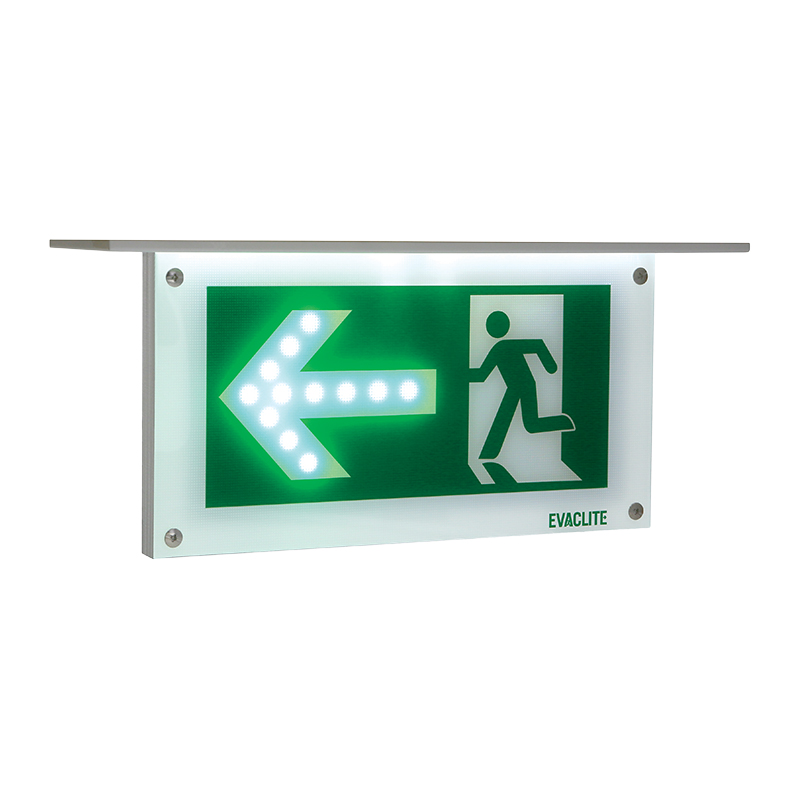
Dynamic Signage from EvacLite
Dynamic signage, such us Vienna from EvacLite, is recognisable as a ‘normal’ evacuation sign, however, it’s a responsive sign that can tell you more about the escape routes around the building. Using only symbols, colours and lights, it can show building occupants which direction to go in, how congested an area is, and will also show a red cross if there’s an escape route that is no longer safe.
This kind of easy-to-understand sign can make it clearer and less stressful for people who may struggle with the events of an evacuation. It can also allow for a safer evacuation of people with mobility issues. You will be able to immediately identify a safe escape route and use one that is less congested, which is especially useful if there is specialist equipment involved.
These are just some of the systems and products that can be put in place to improve fire safety equality in your building. Please feel free to reach out to us if you’d like to find out more about this topic and keep your eye out for new additions as our members grow!


